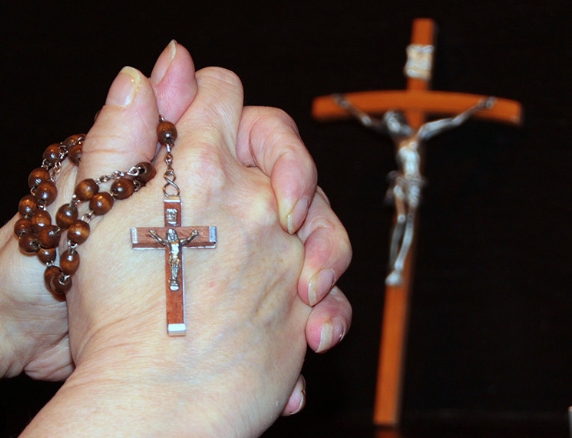The chaplet is a traditional form of prayer that holds deep significance for many believers. Originating from the Latin word “chapula,” which means a string of beads, the chaplet has a rich history and serves as a powerful tool for meditation and devotion.
Historical Roots of the Chaplet
The use of chaplets can be traced back to early Christianity, where monks and nuns would use beads to count their prayers. Over time, different forms of chaplets emerged, each with its own set of prayers and intentions. The most well-known chaplets include the Rosary, the Divine Mercy Chaplet, and the Chaplet of St. Michael.
Meaning and Purpose of the Chaplet
The chaplet is a way for believers to focus their prayers and meditations on a specific aspect of their faith. Each bead or knot on the chaplet serves as a reminder to recite a certain prayer or intention, helping the individual to stay centered and connected to the divine. Through the repetition of these prayers, believers can deepen their spiritual practice and cultivate a closer relationship with God.
Practicing the Chaplet
To practice the chaplet, one simply holds the beads or knots in their hands and begins reciting the designated prayers. Some chaplets have specific instructions on how to pray them, while others allow for more flexibility. Regardless of the form, the key is to approach the chaplet with a spirit of reverence and devotion, allowing it to guide and strengthen your prayer life.
Conclusion
The chaplet is a beautiful and timeless prayer practice that has been passed down through generations of believers. Its history and meaning reflect the deep spiritual connection that individuals seek with God. By incorporating the chaplet into your prayer routine, you can experience a profound sense of peace and closeness to the divine.

